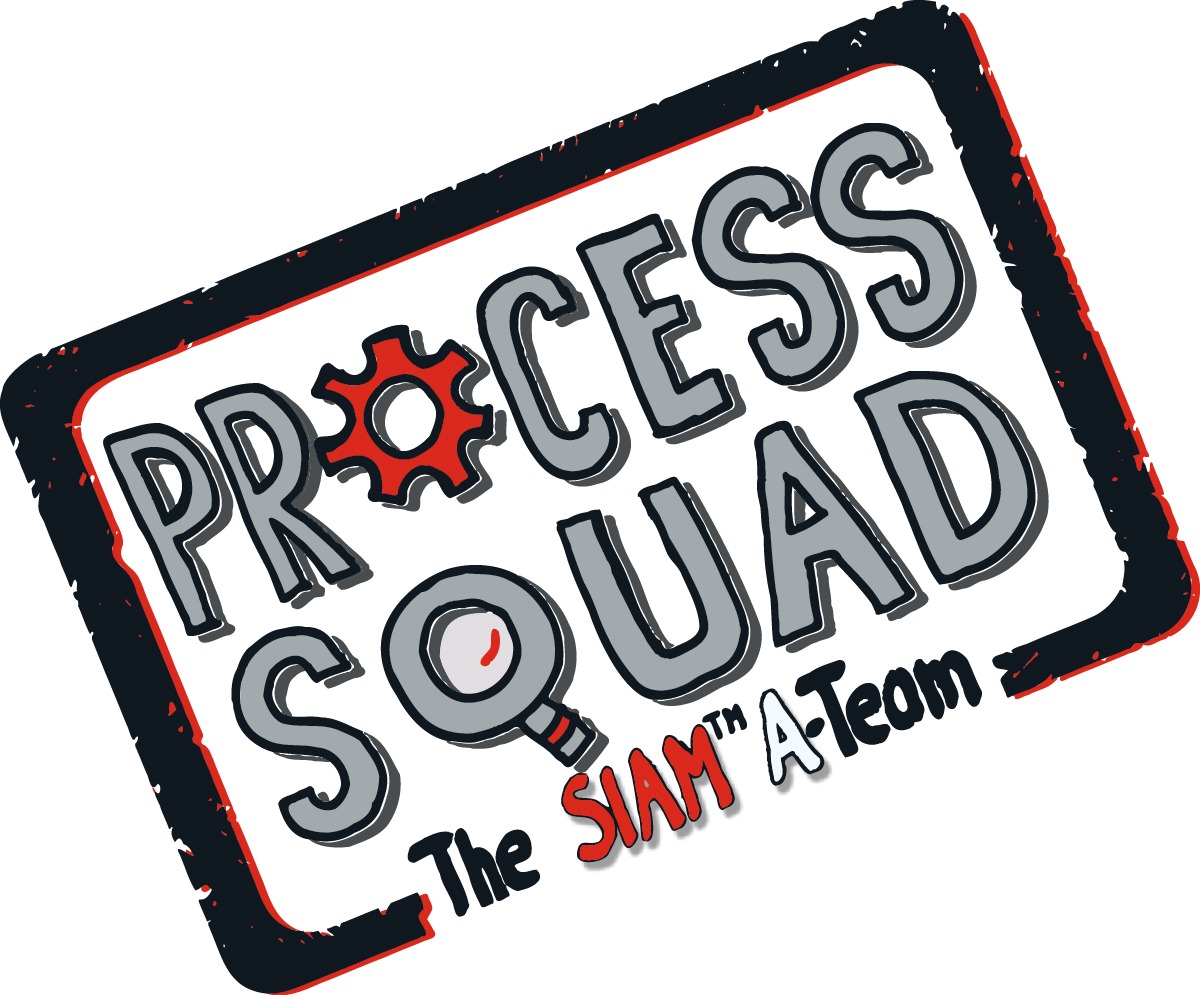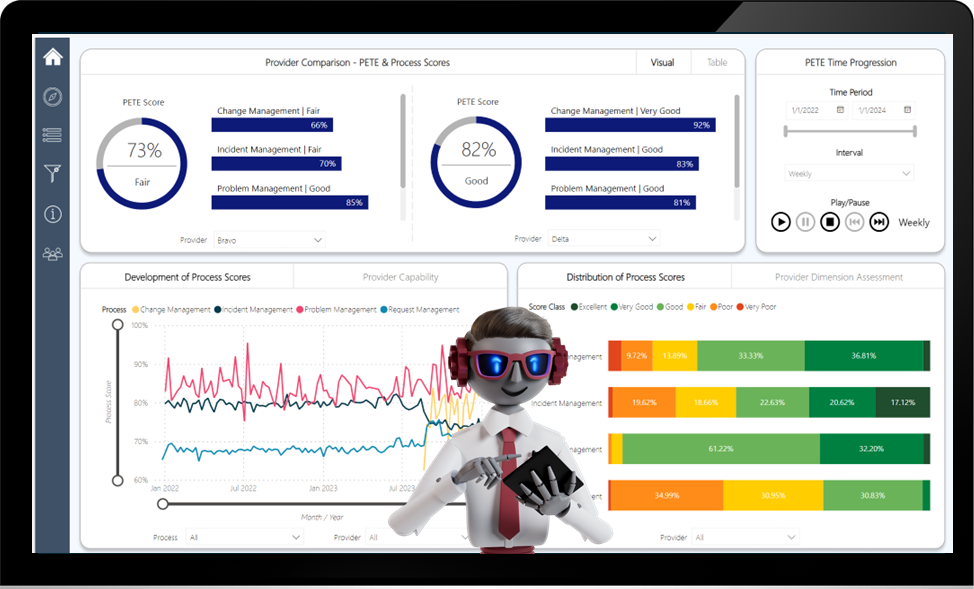
Process maturity assessments have been a staple in ITSM process improvement strategies for quite some time.
Before embarking on this activity, you may wish to pause and consider the following:
• User Feedback Bias: Process maturity assessments often rely on user feedback. But let’s face it, user perspectives can be subjective and biased. Depending solely on this input might skew the results and give an incomplete picture of your processes’ true state.
• Uniform Expertise Level Required: These assessments demand a consistent level of expertise from the assessors for every process under evaluation. This can be challenging, as not all assessors have the same understanding of each of the processes they are assessing.
• Interpretation Variation: People from diverse backgrounds often participate in these assessments. Their interpretations of assessment questions can vary widely based on their cultural background and professional experiences, leading to inconsistent results, and hampering the accuracy of the assessment.
• Time-Consuming Nature: If done thoroughly, process maturity assessments are notorious for being time-consuming (and costly!) endeavors. Gathering information, conducting interviews, and analyzing data across various processes can be an arduous task, often detracting from more pressing priorities.
• Manual Efforts: A significant drawback of traditional maturity assessments lies in the manual effort they demand. The data collection, aggregation, and analysis processes can be painstaking, error-prone, and resource-intensive.
• Not the Full Picture: A certain process maturity level still does not tell you how well processes are being executed. There can still be a large variance in process adherence between different teams.
• High-level Recommendations: Due to the lack of accuracy of the findings, derived improvement recommendations can also be only of a high-level in nature. This can end up in long and laborious (scatter-gun like) improvement programs whose actual effect is hard to measure.
• Outdated Approach: Lastly, some critics argue that process maturity assessments are reminiscent of a bygone era. Often associated with the ’90s, they may not be the most modern, efficient, or accurate way to gauge the performance and improvement potential of today’s complex business processes.
💡But what can you do instead?
• Define Ideal Processes: Analyze adherence to ideal processes with simultaneous determination of the degree of deviation from them.
• Establish KPIs: Define and score KPIs to derive process scores.
• Consolidate Scores: Aggregate process scores for an overall performance score.
• Automate the Assessment: Leverage your ITSM system data for automated assessments. This approach also allows a continuous audit of your processes without manual effort.
🔍What are the benefits of this new approach?
• Full data-driven analysis instead of sample checks: You are equipped with near-time, accurate and up-to-date information.
• No bias: Use relevant and exhaustive data to derive the actual performance of your processes based on a single score (like a credit score).
• Ability to compare: The automated assessment allows you to compare the execution of your processes by various metrics, like service providers, teams, services, for example.
• Targeted improvements: As your score is based on KPI’s, you can check which KPI’s are scored lowest by which teams, and you can take targeted measures without starting complex, long lasting improvement programs.
• Continuous process evaluation: No need for periodic repetition of the assessment.
🤔Convinced?
Congratulations – you are ready for PETE, Process Squad’s Digital Consultant, and expert in ITSM Process Scoring.
Click here to revolutionize your IT Service Management with PETE!




